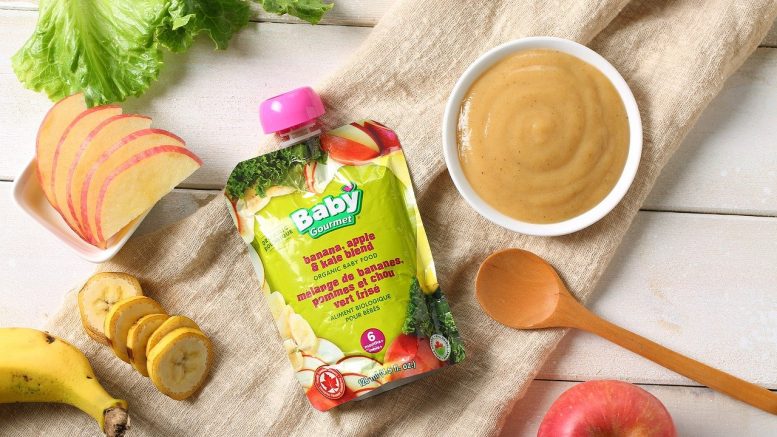Recently the Food and Drug Administration (FDA) releases an action plan for reducing exposure to toxic elements from foods for babies, young children.
“Protecting one of our most vulnerable populations, babies and young children, is among the U.S. Food and Drug Administration’s highest priorities. Today, we’re announcing a new action plan, Closer to Zero, that sets forth our approach to reducing exposure to toxic elements in foods commonly eaten by babies and young children to the lowest possible levels.
Although the FDA’s testing shows that children are not at an immediate health risk from exposure to toxic elements at the levels found in foods, we are starting the plan’s work immediately, with both short- and long-term goals for achieving continued improvements in reducing levels of toxic elements in these foods over time,” – FDA stated.
Closer to Zero
The U.S. Food and Drug Administration’s (FDA) plan, Closer to Zero, identifies actions the agency will take to reduce exposure to toxic elements from foods eaten by babies and young children—to as low as possible.
Exposure to toxic elements, including arsenic, lead, cadmium, and mercury, from foods depends on the levels of the elements in the food and the amount consumed. The levels of toxic elements in foods depend on many factors, including:
- the levels of these elements in the air, water, and soil used to grow the crops, which vary depending on factors such as natural geographical differences and past or current contamination,
- the type of food crop and how much “uptake” there is of specific elements from the environment, and
- industrial, manufacturing, and agricultural processes.
The work of Administration, combined with that of stakeholders, has led to meaningful reductions in exposure to toxic elements. The FDA’s action plan builds on this progress and outlines a science-based, iterative approach for achieving continual improvements over time. Further reductions in the levels of toxic elements in foods will be made by:
- advancing the FDA’s research on and evaluating changes in dietary exposures to toxic elements,
- setting action levels, with input from stakeholders,
- encouraging adoption of best practices by industry to lower levels of toxic elements in agricultural commodities and products,
- increasing targeted compliance and enforcement activities, and
- monitoring progress of levels over time.
“Reducing levels of toxic elements in foods is complicated and multifaceted. It is crucial to ensure that measures taken to limit toxic elements in foods do not have unintended consequences—like eliminating from the marketplace foods that have significant nutritional benefits or reducing the presence of one toxic element while increasing another,” – The FDA said.
Toxic Elements from Foods for Babies Reduction Plan
The action plan will occur in three phases. As part of the first phase, we’ll immediately begin our work setting action levels using a four-pronged approach:
- Evaluate the scientific basis for action levels. The cycle of continual improvement starts with the FDA evaluating existing data from routine testing of the food supply, research and data on chemical analytical methods, toxicological assays, exposure and risk assessments, and other relevant scientific information. Through a process that may include advisory committees, public workshops, and consultation with scientific experts, federal agency partners, and other stakeholders, the agency will establish interim reference levels (IRLs) for certain toxic elements as appropriate. An IRL is a measure of exposure from food that the FDA may use to determine if the amount of exposure to an individual element across foods could result in a specific health impact.
- Propose action levels. The IRLs may be among the key factors that inform the development of the FDA’s proposed action levels for certain toxic elements in categories of baby foods (e.g., cereals, infant formula, pureed fruits and vegetables, etc.) and other foods commonly eaten by babies and young children.
- Consult with stakeholders on proposed action levels, including the achievability and feasibility of action levels. For each toxic element—for every identified category of food—the FDA will gather data and other information through a process of consultation that could include workshops, scientific meetings, and collaboration with federal partners to assess, among other things, the achievability and feasibility of the proposed action levels and the timeframes for reaching them.
- Finalize action levels. The FDA will use the information gathered from stakeholders, updated scientific research, and routine monitoring data to make any needed adjustments and finalize action levels.
“Once the FDA has published final action levels, the agency will establish a timeframe for assessing industry’s progress toward meeting the action levels and recommence the cycle to determine if the scientific data support efforts to further adjust the action levels downward,” – FDA report.





Be the first to comment on "FDA Plan For Reducing Exposure to Toxic Elements from Foods for Babies"